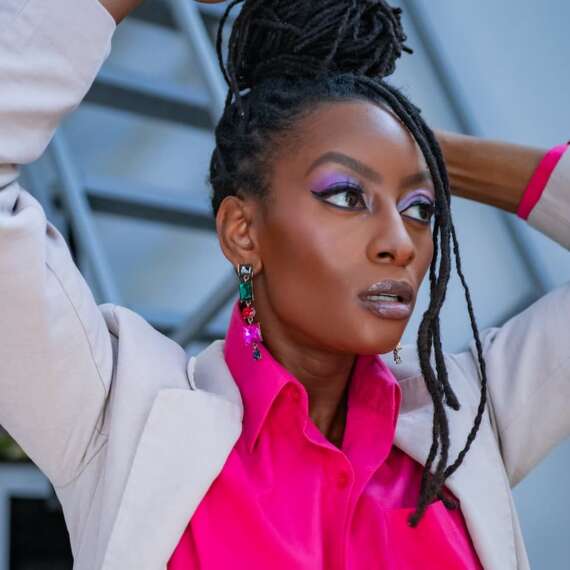Luxury used to mean scale. Powerhouses like Louis Vuitton, Gucci, and Chanel defined aspiration through ubiquity—billboards in every airport, boutiques in every capital, and logos that could be spotted from across the room. But something has shifted. The world’s most sought-after brands are no longer the biggest; they’re the most aligned. In a culture tired of mass messaging, micro-brands are proving that intimacy now holds more influence than reach.
The change didn’t start in boardrooms—it started with consumers. Over the past five years, the digital audience has fragmented into communities rather than crowds. You don’t scroll the same feed as your neighbor anymore. Algorithms have turned culture into clusters of shared values and aesthetics. In this world, a one-size-fits-all brand story feels irrelevant. People want something that fits them—not just physically, but philosophically. The mega brand, with its global sameness, struggles to compete in a marketplace where identity is personal.

The numbers tell the story. A 2024 report from Bain & Company showed that independent and emerging labels outpaced major luxury conglomerates in growth by nearly 30%, driven largely by Gen Z and millennial consumers who favor discovery over dominance. According to Shopify’s Future of Commerce report, 64% of shoppers say they prefer brands that share their social or cultural values, even over those with longer histories. The currency of fashion has shifted from visibility to alignment.
What’s remarkable is how this has redefined the meaning of exclusivity. It’s no longer about price or scarcity; it’s about belonging. Micro-brands like Telfar, Wales Bonner, and Fear of God have built empires not through hierarchy, but through community. Their followers don’t just buy a product—they participate in a movement. When Telfar released its “Bag Security Program,” letting customers pre-order instead of compete for drops, it didn’t dilute exclusivity. It democratized it. That simple gesture turned access into loyalty and loyalty into equity.
The mega brands have noticed. You can see it in how conglomerates are mimicking indie tactics—collaborating with micro-creators, launching “limited capsules,” or amplifying niche influencers. But replication doesn’t equal resonance. The intimacy that smaller brands offer isn’t an aesthetic choice; it’s structural. These labels are born from direct dialogue with their communities. They move quickly, speak authentically, and evolve with their customers. In contrast, legacy houses often move like institutions—powerful, but slow to feel the room.

That’s not to say heritage brands are obsolete. Some are adapting by shrinking their scope to regain relevance. Bottega Veneta’s decision to remove itself from social media in 2021 was less a retreat and more a statement about exclusivity through silence. Loro Piana’s focus on craftsmanship and sensory storytelling redefines luxury not as spectacle, but as substance. The ones that will survive are those that remember how to feel small again—how to connect as if they were speaking to one person, not an entire market.
The rise of micro-brands also challenges the economics of fashion. Scale once equaled power. But with digital tools, small teams can now achieve global presence without the overhead. Direct-to-consumer models, AI-driven marketing, and on-demand production have replaced massive advertising budgets and inventory risks. A studio of five can now reach millions, making “boutique” the new blueprint for growth. In a world that rewards agility, size can become a liability.
If you’re building a brand, the lesson is clear: influence now grows horizontally, not vertically. It’s no longer about dominating an industry—it’s about being indispensable to a community. The most successful brands aren’t trying to speak to everyone; they’re trying to matter deeply to someone. Whether you’re selling couture or content, your power lies in proximity. You don’t need to own the conversation; you just need to be trusted within it.

This shift also restores something fashion had lost in the age of global expansion: intimacy. The relationship between designer and wearer used to be personal—a shared understanding of taste, values, and expression. The digital era has made it possible to rebuild that connection at scale, paradoxically by thinking smaller. When brands prioritize meaning over marketing, the result isn’t less reach—it’s more relevance.
So, is the age of the mega brand ending? Not entirely. But it’s being rewritten. The brands that endure won’t be the loudest or the largest; they’ll be the most human. They’ll understand that the new measure of luxury is trust—and trust can’t be mass-produced. In fashion’s next era, greatness won’t be built by shouting across the world. It will come from whispering to the right people, and meaning every word.











